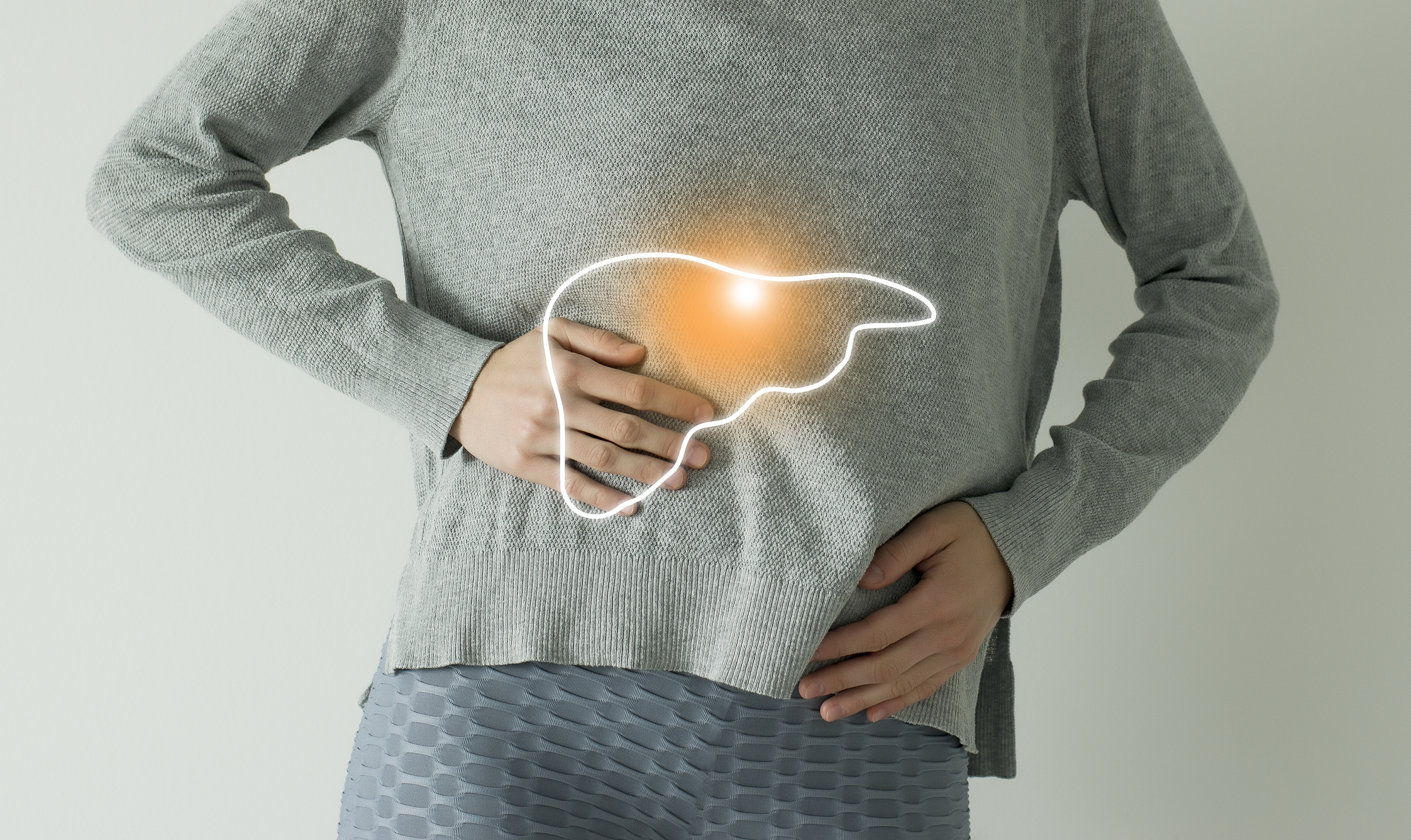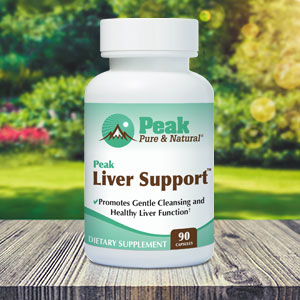Get Easy Health Digest™ in your inbox and don’t miss a thing when you subscribe today. Plus, get the free bonus report, Mother Nature’s Tips, Tricks and Remedies for Cholesterol, Blood Pressure & Blood Sugar as my way of saying welcome to the community!
8+ ways to relieve your liver’s detox load

The last thing a group of marine biologists expected to see within 1,000 miles of the North Pole was Styrofoam.
Yet there they were. In this remote, uninhabited, and normally unreachable part of the world, two large blocks of polystyrene sat atop an ice floe.
By now, you’ve probably heard about the toxic effects of Styrofoam and other plastics on our bodies. But you’re probably not planning on going to the Arctic any time soon. So, why should this story matter to you?
Hiding in plain sight
Ask yourself this: if pieces of Styrofoam can find their way into Arctic ice and remain there, where else is toxic plastic hiding?
One study found that 94.4% of tap water samples in the United States contained plastic fibers.
Various researchers have found microplastic fibers in sea salt used in France, Malaysia, the U.K., Spain, and China.
In other words, while large chunks of plastic are invading the far reaches of the world, microscopic pieces of plastic are invading your body. And the chemicals they’re made of are wreaking havoc on your health…
- Benzene and styrene, the two components of Styrofoam, are known carcinogens and have been linked to a higher incidence of leukemia and Parkinson’s disease.
- Plastic fibers readily absorb other toxic chemicals and release them in your body.
- The Journal of the American Medical Association reported that people with higher levels of BPA had higher rates of heart disease, diabetes and liver abnormalities
And, if plastic is in your water, it’s also in your pizza crust, soups, and pasta. It’s in the fish and shellfish you eat. It’s on your toothbrush and in your bathtub.
How can you keep it from wreaking havoc on your health?
Your mighty liver
Just one organ in your body is fighting the battle to get rid of plastics and other toxins: your liver.
Your liver performs over 400 jobs. It regulates glucose and iron for energy. It produces hormones that make proteins. It regulates blood clotting.
Oh, and it single-handedly gets rid of the poisons in your body.
Your liver is a super-organ, but it can’t do it alone. Like most heroes, it needs some backup.
One big way to support your liver is with foods, nutrients and supplements that assist in the detox process. Here are some tips to start with:
- Flush your liver and keep it clean by drink plenty of filtered water.
- Increase your liver’s natural detoxification enzymes by eating cruciferous vegetables such as Brussels sprouts and broccoli.
- Include foods rich in all the B-vitamins in your diet. The liver depends on B-vitamins to carry out its detoxifying activity.
- Brazil nuts are rich in selenium, a mineral that helps process glutathione in the liver, which in turn increases the breakdown of alcohol and toxins.
- Fermented foods like sauerkraut, kimchi, kefir and pickles are rich in Lactobacillus plantarum, probiotic bacteria found to be helpful at removing toxins.
- Antioxidants help protect the liver from damage, so make a point to eat foods like cranberries, blueberries, grapefruit and other antioxidant-rich foods.
- Eat healthy fats that are easier for your liver to break down. Nuts, seeds, olives and avocado are some of the best sources.
- Cook with olive oil, and use it on your salads. Studies show that olive oil helps decrease fat levels in the liver, as well as elevated liver enzymes.
Serious liver lovers also know that the herb milk thistle provides amazing protection for this vital organ. In addition to evidence that milk thistle can help people with liver damage from industrial chemicals and toxins, silymarin, the herb’s active compound, may have a detoxing effect and keep toxins from binding to liver cells.
Experts acknowledge that it’s virtually impossible to remove all plastics from our bodies. But by supporting your liver, you’re taking a huge step toward minimizing their effects on your health.
Editor’s note: Have you heard of EDTA chelation therapy? It was developed originally to remove lead and other contaminants, including heavy metals, from the body. Its uses now run the gamut from varicose veins to circulation. Click here to discover Chelation: Natural Miracle for Protecting Your Heart and Enhancing Your Health!
Sources:
Researchers Have Found Blocks Of Polystyrene In Arctic Ice — Canada Journal
Sea salt around the world is contaminated by plastic, studies show — The Guardian
Microplastic Pollution in Table Salts from China — Environmental Science & Technology
The presence of microplastics in commercial salts from different countries — Scientific Reports
Plastic fibres found in tap water around the world, study reveals — The Guardian
From sea to plate: how plastic got into our fish — The Guardian
Invisibles: The plastic inside us — orbmedia.org
Plastic and diabetes, liver ailments linked — The Seattle Times
14 Foods That Cleanse the Liver — Global Healing Center














